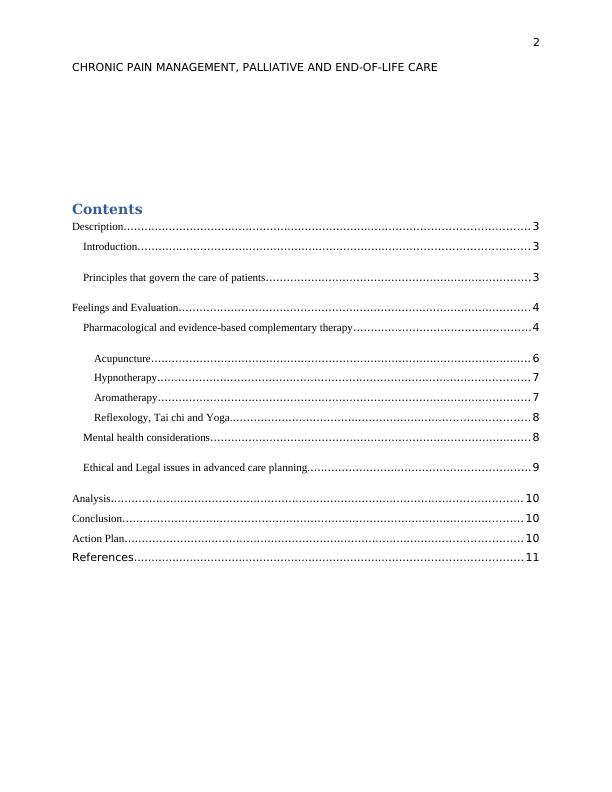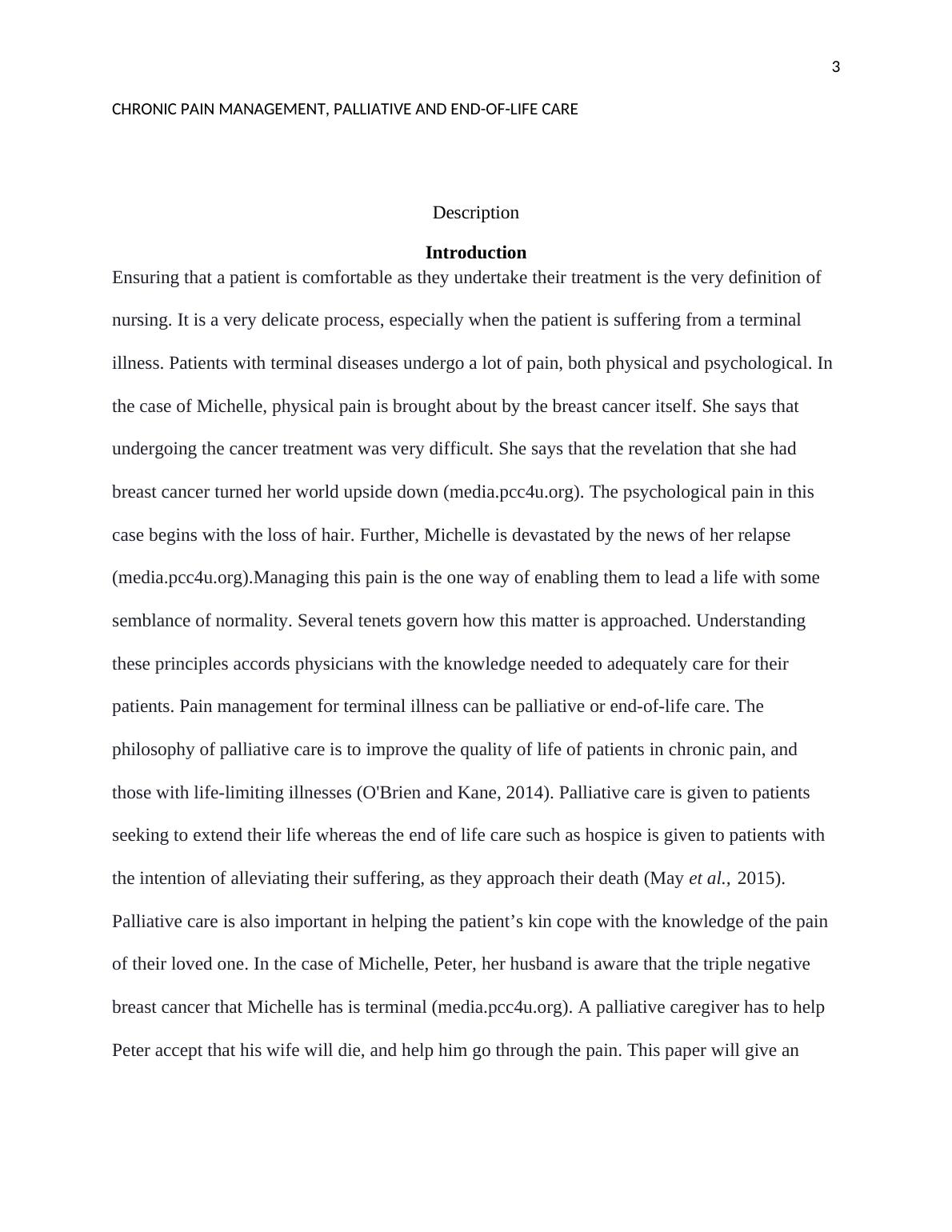Chronic Pain Management and Palliative End of life Care Case Case Study 2022
Understanding the Gibbs Reflective Cycle and its phases for systematic reflection on experiences
14 Pages3744 Words17 Views
Added on 2022-10-18
Chronic Pain Management and Palliative End of life Care Case Case Study 2022
Understanding the Gibbs Reflective Cycle and its phases for systematic reflection on experiences
Added on 2022-10-18
ShareRelated Documents
End of preview
Want to access all the pages? Upload your documents or become a member.
Palliative and End of Life Care: Improving Quality of Life
|4
|628
|296
Understanding the Perceptions of Patients with Chronic Illness and at End Stage of Life: A Case Study of Cathy's Breast Cancer Story
|5
|1023
|341
Palliative care for Stage Four Colorectal Metastatic Cancer and role of Passive Euthanasia in Dying Essay 2022
|10
|3333
|20
Palliative Approach in Nursing Practice
|13
|3351
|42
Nursing Public Health - Palliative and Hospice Care, Community Health Nurse Role, Ethical Viewpoint and Resource Use
|5
|796
|61
Palliative Care Approach
|6
|1469
|105




